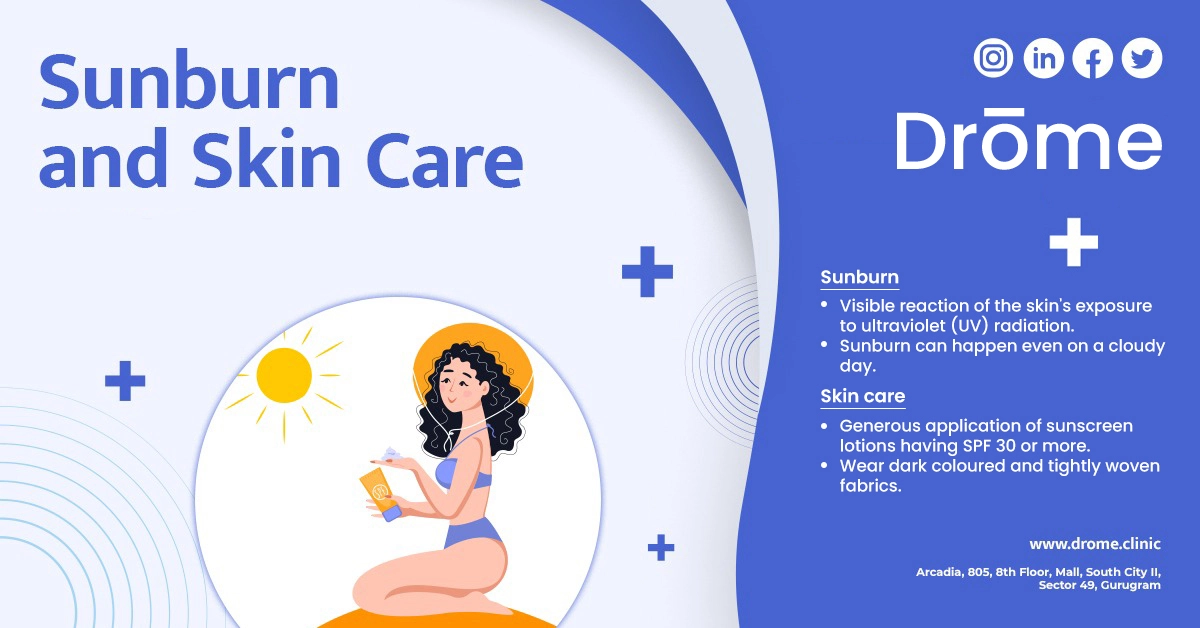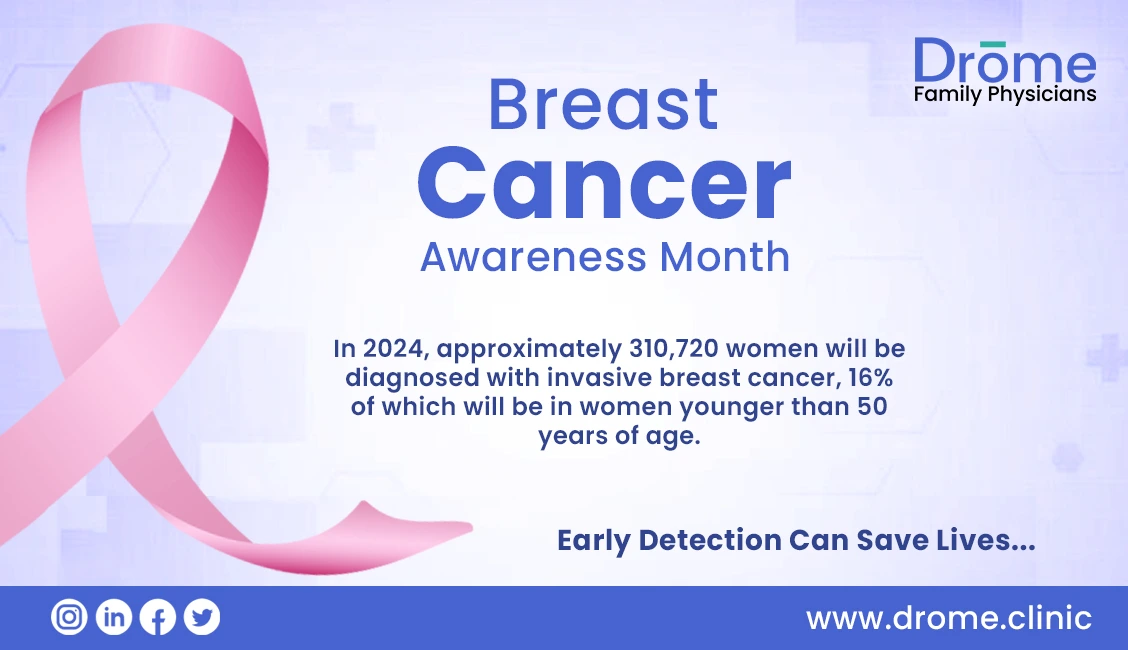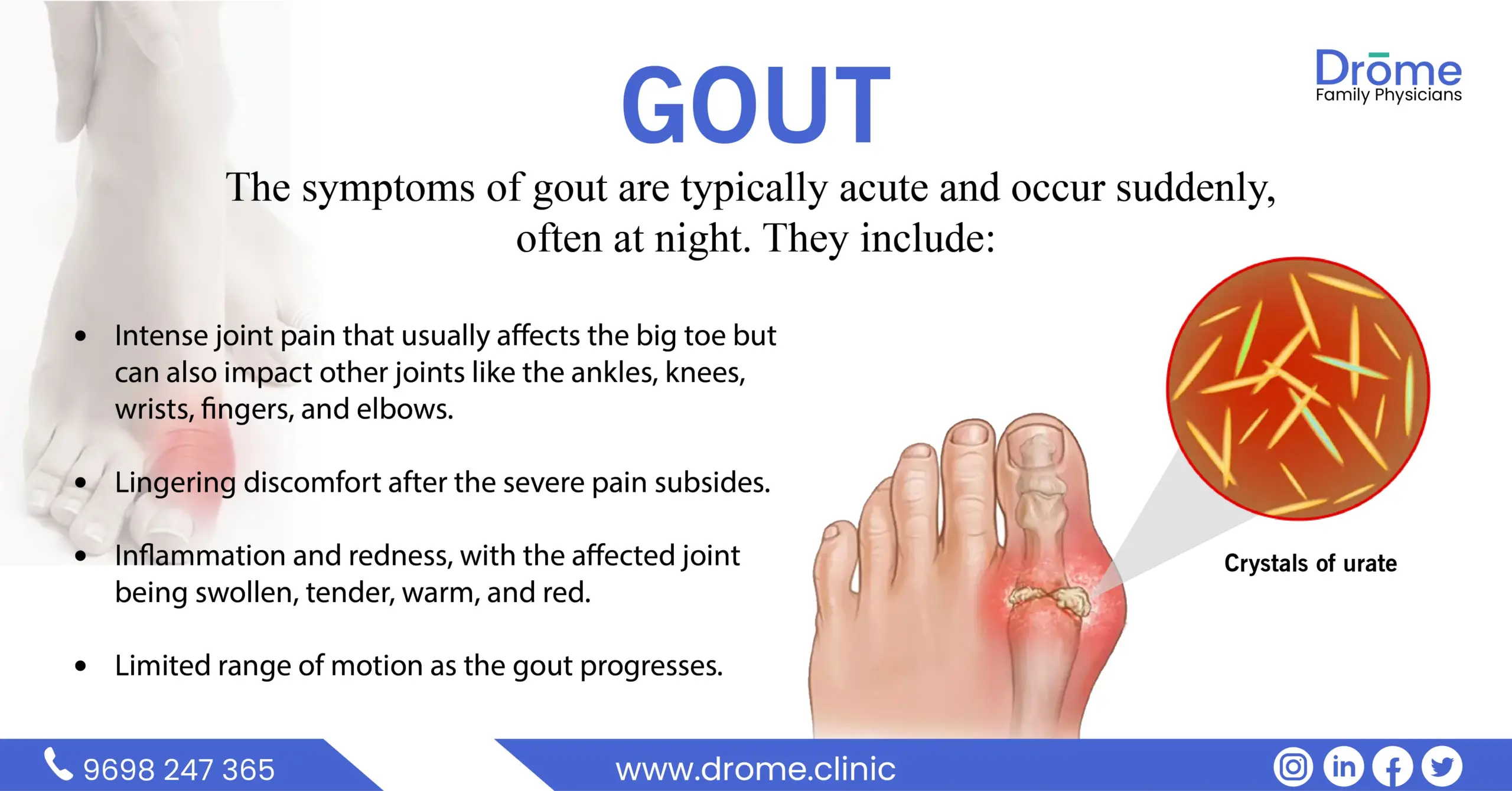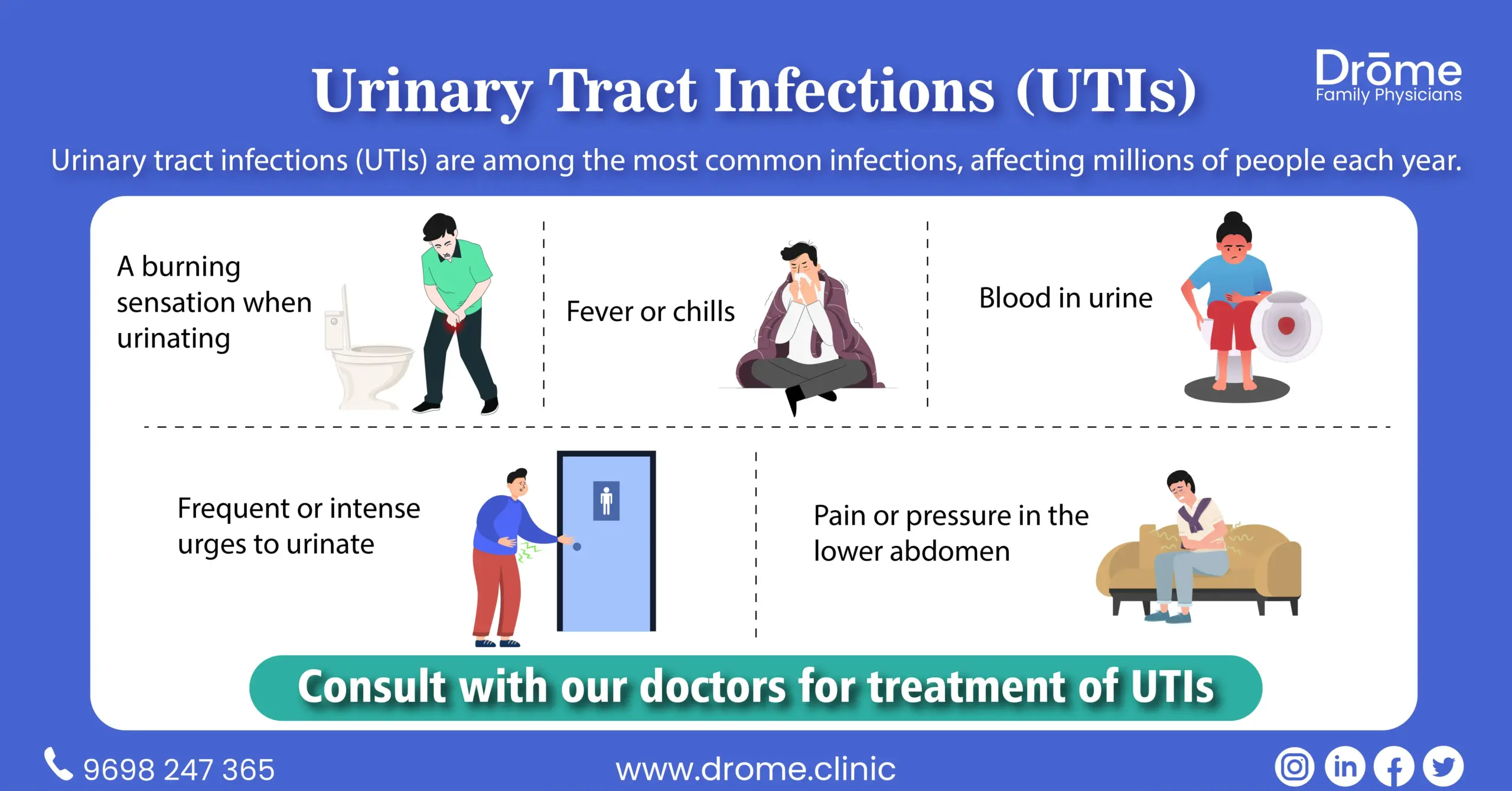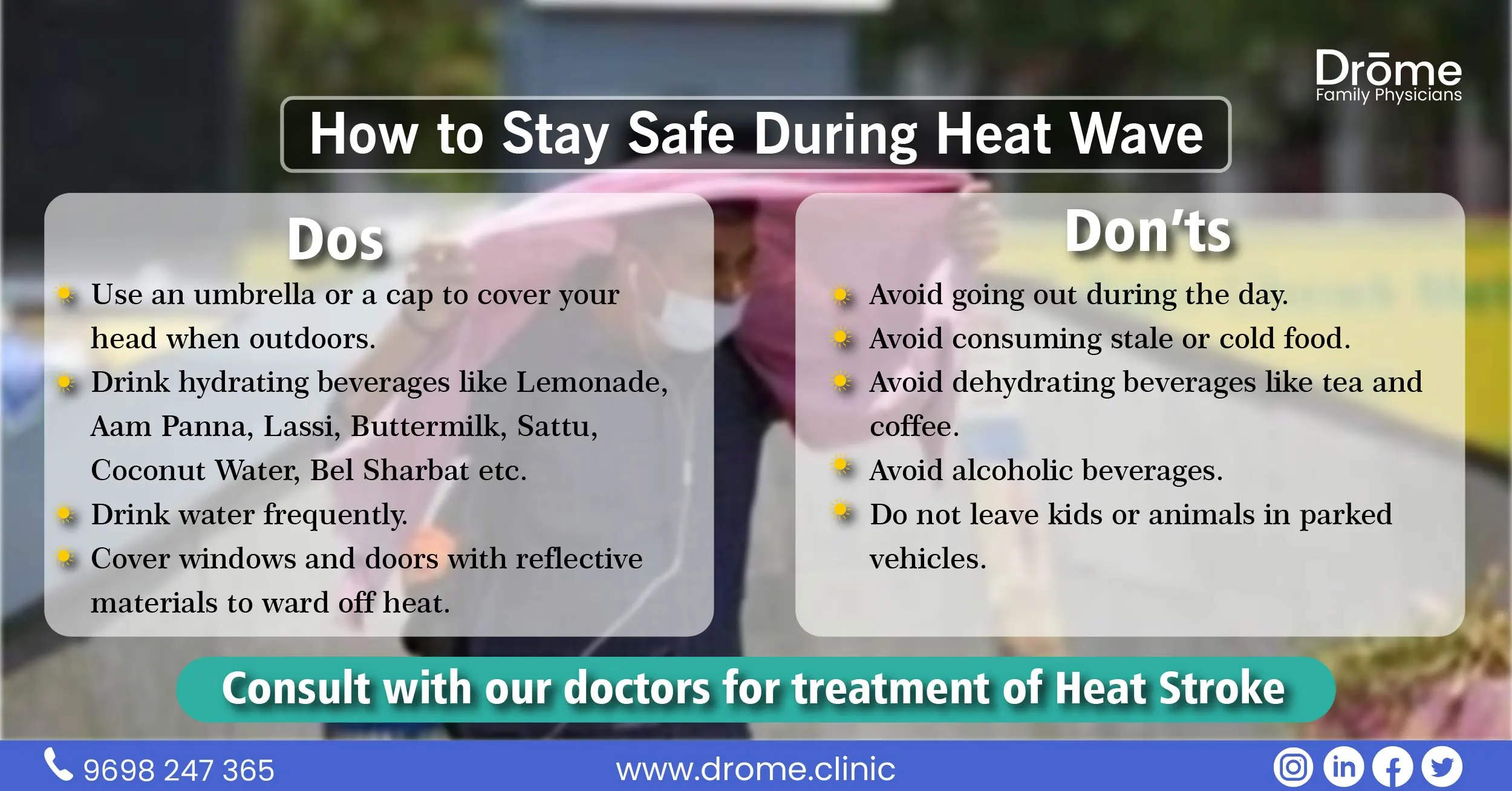Table of Contents
ToggleTable of Contents
Understanding Sunburn
Sunburn is a visible reaction of the skin’s exposure to ultraviolet (UV) radiation.There are 3 types of UV RAYS
- UVA: Have the longest wavelength.These penetrate the deepest layers of skin
- UVB: Have shorter wavelengths and penetrate more superficial layers of skin.
- UVC: Have shortest wavelengths and are mostly absorbed by the ozone layer.
Degrees of Sunburn
- First-degree: Only the outer layer of skin is damaged, resulting in redness and minor pain.
- Second-degree: Affecting deeper layers of skin(Dermis), causing redness, pain, swelling and sometimes blisters.
- Third-degree: Very rare.A severe burn penetrating all the skin layers and even damaging the underlying fat, leading to blistering, severe pain, dehydration and even shock.
Harmful effects of Sunburn and Skin Care
- Premature Aging: Sun damage accelerates the appearance of age spots, wrinkles and leathery skin texture.
- Skin Cancer Risks: Continuous UV exposure increases the risks of developing skin cancers, especially malignant melanoma.
- Eye Damage: UV exposure also raises the risk of cataracts.

Skin Care and Sun Burn Protection
Sunscreen Application to prevent sunburns. The sunscreen used should have the following properties:
- Broad-spectrum: Protects from both UVA and UVB.
- SPF Factors: While SPF 30 blocks about 97% of UVB rays, SPF 50 blocks roughly 98%. Always opt for SPF 30 or higher.
- Water-resistance: Essential for activities involving swimming or sweating.
Intelligent Clothing Choices:
- Dark or Bright Colors: They reflect more UV radiation than pastels and bleached cottons.
- Tightly Woven Fabrics: Offers better protection than loosely woven clothing.
- Specialized UV Protection Clothes: Available in markets, these come with a UPF (ultraviolet protection factor) rating.
Lifestyle and Environment:
- Peak Hours Caution: Avoid direct sunlight between 10 a.m. to 4 p.m.
- Reflection Awareness: Water, sand and even snow can reflect UV rays, increasing exposure.
- Altitude and Latitude: UV exposure increases with altitude and proximity to the equator.
Daily Skin Care Routine:
- Cleansing: Remove dirt and excess oils but opt for mild cleansers to prevent drying.
- Moisturizing: Maintains hydration and serves as a barrier against environmental factors.
- Exfoliating: Removes dead skin cells, aiding in skin rejuvenation, but should be done moderately.
When to see a doctor*
See your health care provider if you:
- Develop large blisters
- Develop blisters on the face, hands or genitals
- Experience severe swelling of the affected area
- Show signs of infection, such as blisters with pus or streaks
- Experience worsening pain, headache, confusion, nausea, fever or chills
- Get worse despite at-home care
- Have eye pain or vision changes
Wrapping It Up
Our skin is a resilient yet sensitive barrier, and it requires consistent care. With the right knowledge and habits, we can enjoy the sun’s benefits while minimizing its risks
*Mayo clinic
For more updates visit: drome.clinic

